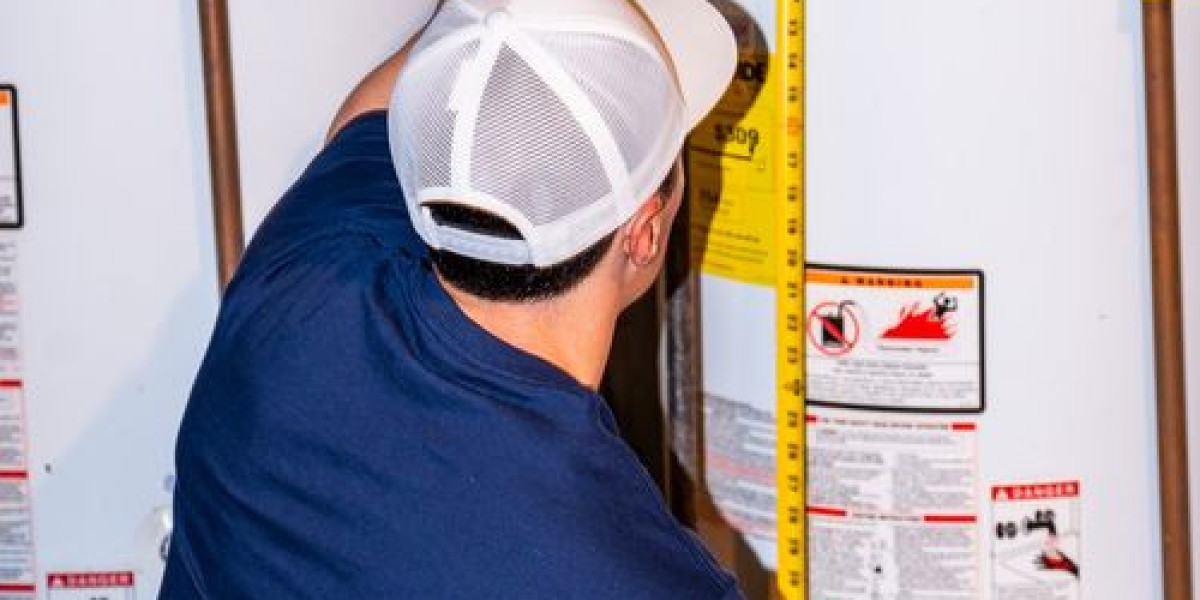If you're looking for a pleasant experience in the company of someone who knows how to please you, Abu Dhabi's numerous escort services are the perfect choice. Take the woman you like on a date and share special moments with her. Our escorts are not only beautiful but also possess excellent customer service skills. Highly qualified and experienced, they thoroughly understand the industry and their clients' needs. You can book an escort anytime, anywhere. Find the perfect companion to accompany you on your adventures. The komaldas.com escort agency has numerous models in your area who are happy to travel with you. These models are capable of long trips and will add a touch of adventure to your experience. Imagine relaxing in a hotel room after a long day on the road. An unforgettable night awaits. Our escorts will ensure you have a wonderful time and make your night unforgettable. Contact our trusted escorts and experience this unique moment. Booking an escort through our agency guarantees pleasure and a hassle-free transaction. Find the perfect woman, whether stunning or classically beautiful, for an unforgettable experience. We present the most sought-after independent escorts in Abu Dhabi. Love knows no boundaries. Men say that only independent escorts in Abu Dhabi can fulfill their every desire. These stunning women are passionate and open to new experiences, perfect for any occasion. Whether it's a meeting, a business meeting, or any other event, they know how to choose the perfect outfit for any occasion. An unforgettable experience awaits you in the company of our exceptional models. The most beautiful and seductive girls at our escort agency are always ready to provide you with impeccable service. They will never be refused. That's why our girls offer their services to almost everyone.
Website :- https://uaecallgirl.com/
Only Whatsapp/Call Me Now: - +971526420921
AED 1000 Fee for 1 Hour
AED 1200 Fee for 2 hours
AED 1500 Fee for 3 Hours
AED 2000 Fee for Full Night








